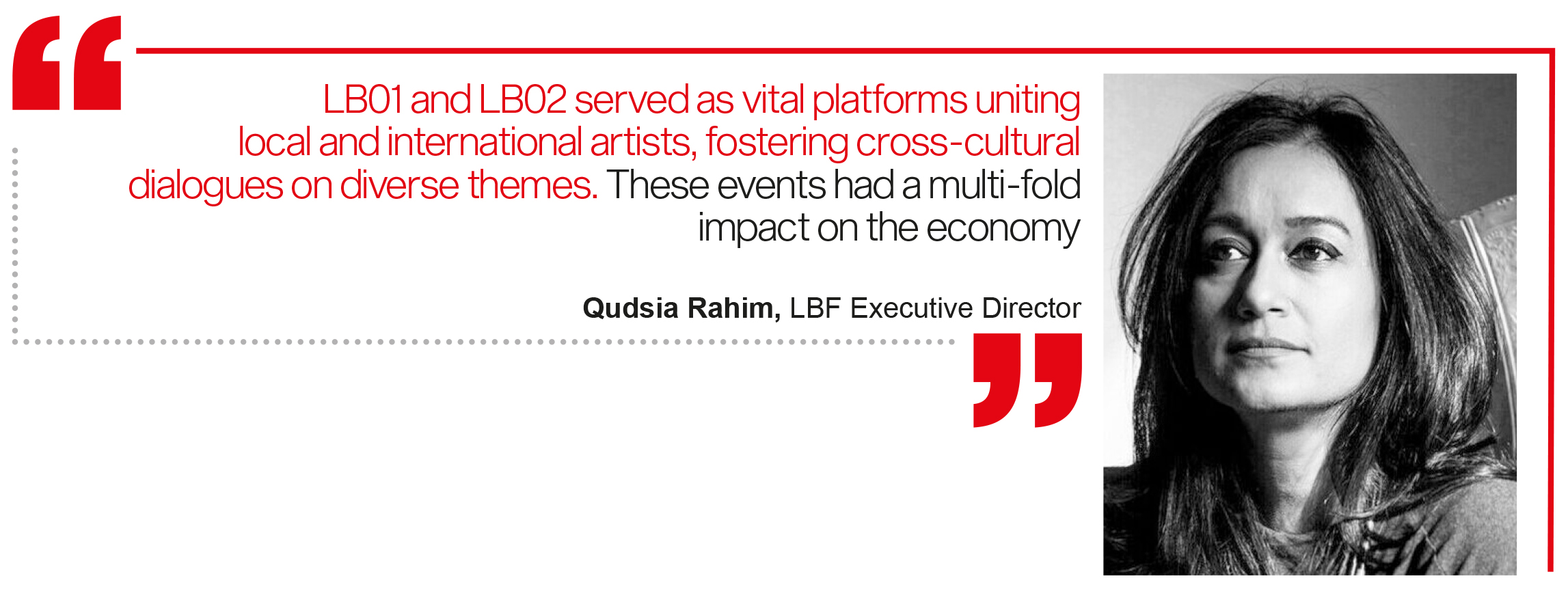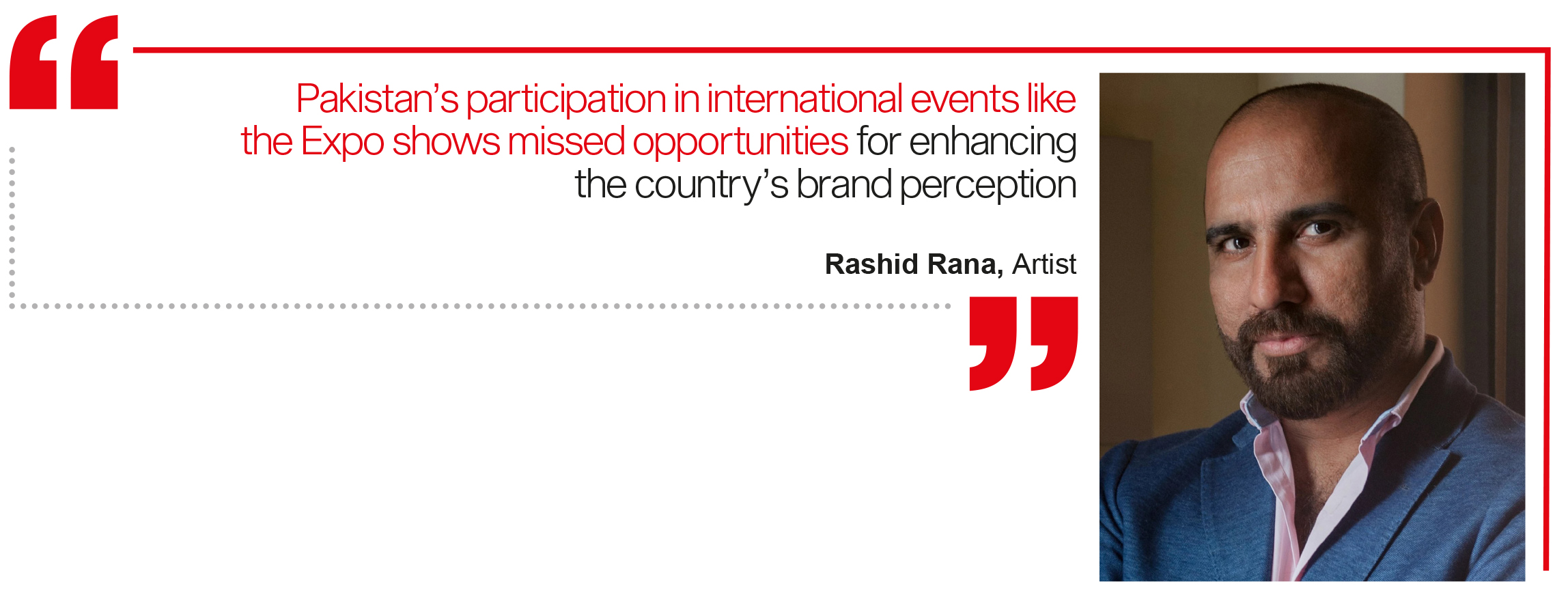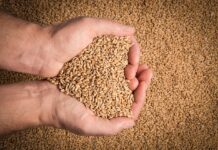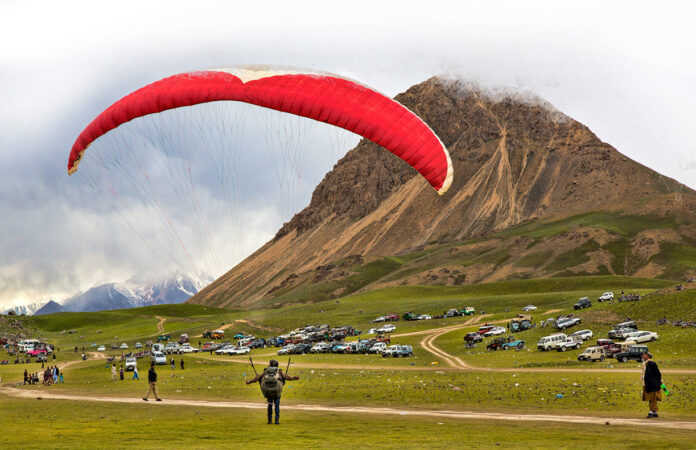Tourism has been a contributing factor in Pakistan’s economy. According to the World Travel & Tourism Council’s Pakistan 2020 Annual Report cited in the International Journal of Engineering Applied Sciences and Technology article (2022), the country’s tourism sector contributes more than 5.9% of GDP. Travel and tourism support a total of 6.2% jobs in the economy, with significantly more opportunities and potential undiscovered. Similarly, art tourism has gained popularity over the years and is still one form of tourism that has potential and needs to be explored further and its impact on the economy can be significant. The cultural industry, including art, film, music, and fashion, represents a trillion-dollar market globally. Pakistani artists, designers, and cultural creators can contribute to this industry, bringing foreign exchange and revenue to the country.
According to an article published in the Journal of Social Sciences Review (JSSR) in 2022, the global tourism industry generated USD 1.7 trillion in exports in 2018, with 1.5 billion visitors (tourists) in 2019. However, the COVID-19 pandemic of 2020 caused a drastic decline, resulting in 700 million fewer visitors and a loss of USD 730 billion in trade earnings by August 2020.
Pakistan, with diverse cultures, historical sites, and natural attractions, had over two million foreign visitors before the pandemic, particularly in the northern regions. In December 2020, tourism revenue decreased to USD 765 million from the previous year’s USD 992 million (JSSR, 2022). The pandemic led to a 75% drop in overseas travel, causing a significant negative impact on employment and GDP. In 2019, 5 million tourists visited KPK alone, whereas the overall number of foreign tourists in the country was 1.225 million (JSSR, 2022).
What is Art Tourism?
Art tourism, as explained by Amad Mian of Dastaangoi Gallery, is traveling to a particular destination not just for the place, but the artists. It is the travel and exploration of various art forms, cultural heritage, museums, galleries, and other creative experiences in different destinations. From showing them the beautiful landscapes of Gilgit-Baltistan to the history of textiles, understanding the artists and the place will get the tourists to engage the most.
“It involves attracting artists from around the world to explore a destination’s culture, heritage, and landscapes, thereby creating a bridge between artists and the place,” he told Profit.

This kind of tourism brings a lot of opportunities for the country including increased revenue from the infusion of money into the local economy benefiting various businesses and supporting jobs and livelihoods in the tourism and hospitality sectors which in turn leads to increased employment. It also allows the government to put in more effort to preserve cultural heritage and pay more attention to infrastructure development. According to the JSS article, tourism is crucial for Pakistan’s economy, contributing 5.9% of GDP and supporting 4 million jobs in 2019.
Role of Art Tourism and its Impact on the Economy
Art tourism plays a vital role in promoting shared culture and heritage by fostering cross-cultural engagement and understanding. The residency program offered by Dastaangoi bring international artists to countries like Pakistan enable them to experience the local culture, leading to the discovery of similarities and differences that enrich artistic perspectives. The resulting conversations and relationships break down barriers and stereotypes, contributing to unity and appreciation of diverse cultures.
The economic benefits of investing in heritage and culture for art tourism are multifaceted. Firstly, art tourism stimulates the tourism industry, attracting a diverse range of visitors, both domestic and international. These tourists contribute to local economies by spending on accommodation, food, transportation, and souvenirs, thereby fostering local business growth and generating employment opportunities. Secondly, investing in cultural heritage enhances the overall image of a destination, attracting more visitors and encouraging longer stays. Cultural events and art exhibitions often become popular on social media, further amplifying the destination’s appeal. Over time, sustained interest in the cultural and artistic offerings of a location can lead to long-term economic growth and sustainable development within the community.
It is no secret that art itself is a universal language that transcends linguistic and cultural barriers. Visual language is particularly powerful, as it can convey complex ideas and emotions effectively, similar to the saying “a picture is worth a thousand words”. This has been especially evident during the pandemic, where visual communication, including animations and memes, played a crucial role in conveying information and ideas to diverse audiences.
Art plays a crucial role in bridging divisions in an increasingly polarised world, providing a secure and inclusive platform for dialogue and exchange. Through diverse artistic expressions, a deeper comprehension of various perspectives is fostered, promoting mutual respect and stronger global unity. Additionally, artistic mediums like poetry serve as accomplishments in cultivating understanding and connection. They facilitate the creation of secure environments for meaningful discussions, enabling genuine intersections of ideas and perspectives, further contributing to the enrichment of human connections and achievements.
Having said that, investing in heritage and culture offers significant economic benefits. Drawing parallels with India, Amad said, “Heritage sites can be transformed into revenue-generating tourist attractions, boosting the tourism industry. Promoting and conserving heritage and culture not only benefit local communities and expatriates but also attract global interest and curiosity, thus stimulating the economy.”

Furthermore, while talking to Profit, contemporary artist and Dean at Beaconhouse National University (BNU) Visual Arts & Design Department, Rashid Rana reiterated the point and said that just like countries and corporations have brand images, improving Pakistan’s image is an essential part of promoting art tourism in the country.
“It is essential for attracting investment, tourism, and positive sentiment. Visual elements and cultural expressions play a significant role in shaping this perception,” he stated.
In addition to that, artist Rabeya Jalil, an art professor at National College of Arts (NCA), one of the oldest and most prestigious art schools of the country based in Lahore said, “Just as people visit iconic museums like the Louvre or the Metropolitan Museum of Art to learn about the history and culture of a region, showcasing local artists and heritage sites allows visitors to gain insights into Pakistan’s rich history and contemporary identity.”
Thus, hosting events like LBF, and establishing cultural centres, museums, and institutions that showcase Pakistan’s art, history, and heritage is crucial.
“These centres serve as gateways for international visitors to learn about the country’s identity, fostering global connections and economic benefits,” Rabeya said.
Promotion through Art Events:
Since their inception in 2013, the not-for-profit Lahore Biennale Foundation seeks to provide critical sites for experimentation in the visual arts. LBF focuses on the many stages of production, display and reception of contemporary art in diverse forms. It understands inclusivity, collaboration, and public engagement as being central to its vision and is committed to developing the potential of art as an agent of social transformation. While talking to Profit, LBF Executive Director Qudsia Rahim said, “LBF’s core objective is to facilitate the envisioning and realisation of a more public-centric art sphere. Economic growth is a consequential outcome, not our primary goal. Our aim is to establish an art infrastructure that catalyses the activation of local socio-economic institutions.”
With events like LBF, the display of international art at heritage sites creates a captivating blend of cultural experiences that can attract a renewed influx of tourism. This integration offers visitors a unique and dynamic experience that appeals to a diverse range of interests. The infusion of contemporary creativity and fresh perspectives adds value to heritage sites, making them more appealing and likely to attract a larger number of visitors seeking an immersive cultural experience.
LBF’s initiatives like the Youth Forum and Green School Certification Program promote inclusivity and environmental consciousness, creating a more informed and engaged community. Qudsia further told us about these initiatives stating that grants and awards validate artists’ contributions, leading to increased visibility and potential collaborations. International exchanges foster creativity and cultural understanding, aligning with the foundation’s mission to support artistic development and cultural exchange. The broader economic impact of these programs is substantial, driving growth in the art industry, attracting corporate and institutional investment, and positively impacting various sectors of the economy.
“LB01 and LB02 served as vital platforms uniting local and international artists, fostering cross-cultural dialogues on diverse themes. These events had a multi-fold impact on the economy,” Qudsia maintained.
Both Biennale drew domestic and international visitors, elevating tourism revenue, benefiting local businesses, hotels, and transportation. Moreover, this exposure to global art collectors and curators created new opportunities for Pakistani artists, boosting sales and recognition. Thus, enhancing the city’s image as a cultural hotspot and bolstering its attraction for tourism, thereby contributing to economic growth.
Through initiatives that promote cultural exchange and artistic collaboration, such as Dastaangoi’s artist residencies, the goal is to transform negative perceptions and emphasise the inherent beauty and cultural richness of Pakistan. According to Amad, these residency programs for artists which can be “instrumental in promoting tourism and benefiting local artists to gain exposure and recognition on an international scale”. These contribute to economic growth by creating jobs, boosting artisan crafts, and generating revenue from art sales.
According to Rashid Rana, contemporary art has seen significant growth and recognition globally over the past two decades. His work at Dubai Expo 2020 was a major example of how there is untapped potential for leveraging art tourism for a broader positive impact. “Pakistan’s participation in international events like the Expo shows missed opportunities for enhancing the country’s brand perception,” he told Profit.
Moreso, Qudsia stated that LBF’s significant economic impact is evident in diverse sectors. Participating artists in previous editions of the Lahore Biennale have seen substantial price increases, reflecting global demand for Pakistani art. The event has boosted local emerging artists’ visibility and prospects. New galleries, including virtual ones, contribute to a thriving art ecosystem.
The Biennale’s influence extends to corporate and institutional investments like HBL’s Art Department and the State of the Arts Museum by the State Bank of Pakistan. Prestigious institutions seek Pakistani art due to international interest. Art’s presence on TV and in publications benefits sectors like hospitality, crafts, and restaurants.
Government’s role in promoting tourism:
Art’s power to bring people together, address critical issues, and promote dialogue is undeniable. Thus, the government’s role in promoting tourism is crucial, primarily through ensuring stability, safety, and infrastructure. Stability and a positive geopolitical image are essential to attract international visitors, artists and investors to the country. A lack of vision and investment from the government limits the impact that art and culture could have on the country’s image and economy. To fully realise these benefits, consistent efforts are required to overcome the aforementioned challenges by enhancing infrastructure, and ensuring stability. By doing so, a country can tap into its rich cultural heritage, attract global interest, and create a lasting positive impact. When managed sustainably, art tourism can be a win-win for both visitors and the local communities.


























nice step